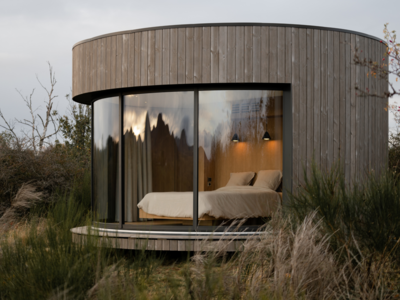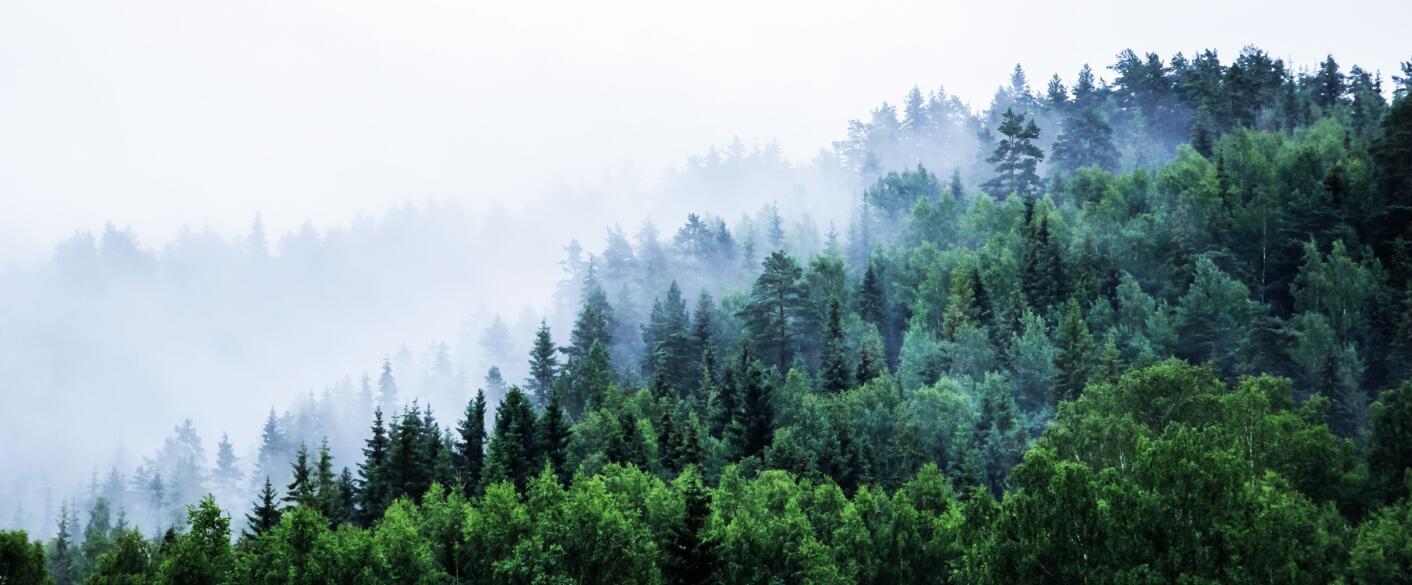What is wood stain for cladding?
Widely used on the market, woodstains are microporous film-forming finishes that are applied to the surface of the wood. The transparent nature of woodstains reveals the wood's grain and protects it from weathering and UV rays.
There are two types of woodstain: glycerophthalic woodstain for exterior use because of its strong odour, and acrylic woodstain for exterior and interior use, which has little odour.
Wood cladding is an ideal substrate for woodstains. Stains are best applied to vertical surfaces. We strongly advise against applying stain to horizontal wood cladding. Moisture can damage the protective layer prematurely.
Unlike a saturator, which penetrates deep into the wood without masking its natural appearance, a woodstain leaves a thin film on the wood, which means that it loses its wood 'feel'.
The various colours available for woodstains are mainly wood tones.
How do I maintain stained wood cladding?
We recommend maintaining stained wood cladding every 3 to 6 years.
Because woodstain is a film-forming finish, i.e. it leaves a film on the surface of the wood, the wood cladding should be stripped and brushed to remove the film before any new coat of woodstain is applied.
The different steps to follow before staining wood cladding :
To get the best results from your stain, there are a number of steps to follow. For wood cladding that has already been stained, first :
- Brush it to remove traces of the old stain,
- Brush it to remove dust residues,
- Clean it with a non-aggressive product
- Rinse with water and leave to dry.
- Apply the new glaze.
Find our complete thematic file dedicated to the different finishes for wood cladding.









